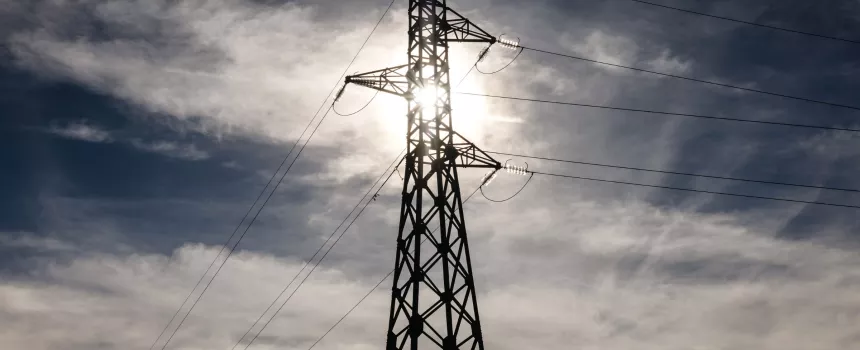Author: João Vieira Silva (GEM R&D)
The first reason is crystal clear: although the energy production mix is becoming increasingly characterized by volatile and non-dispatchable resources, keeping the grid stable is still largely dependent on traditional flexible assets like hydropower plants.
On the other hand, DSF is (and will continue) to compete against energy storage technologies, a business completely oriented to the provision of flexibility. Besides this, the justifications also have an endogenous side. Exploiting DSF involves adapting to the operational and logistical constraints of consumers. These users are not accustomed to have their energy usage optimized (sometimes near real-time) to respond to the needs of a third-party. Convincing customers to shift or modify their consumption patterns, especially while ensuring that their core activities are not affected is not an easy task. And to convince them, there is also a need to truly monetize their flexibility. Although (important) recent changes, regulatory frameworks still need to evolve towards an inclusive design where aggregation of small, decentralized consumer loads is considered. As an example, control and monitoring requirements need to be smoothed so that viable business cases can arise.
This is the current status, but things will soon change. The continuous penetration of variable and less predictable energy sources will bring unprecedent challenges to the electricity system and its stakeholders. Transmission System Operators will struggle to keep the system balanced, Distribution System Operators will see their distribution grids more and more constrained, Balance Responsible Parties will face greater difficulties in managing their portfolios with minimal imbalances. In such a scenario, DSF will have a role to play. One of the most compelling advantages of DSF (and currently disregarded) is its relatively low-CAPEX requirements. DSF inherently exists in the system, it does not need to be created. In contrast to CAPEX-intensive investments in batteries or other storage technologies, leveraging DSF primarily requires automation, communication systems and optimal management platforms. These technologies can enable efficient coordination between customers and relevant stakeholders, ensuring that demand shifts occur when they both can and need.
As the energy system continues to evolve, and as more renewable sources are integrated into the grid, the role of DSF will become increasingly vital. By providing an inherently flexible, low-cost solution that can be rapidly deployed, it has the potential to be an indispensable part of the future of electricity systems.
Read more

Flexibility in energy systems


